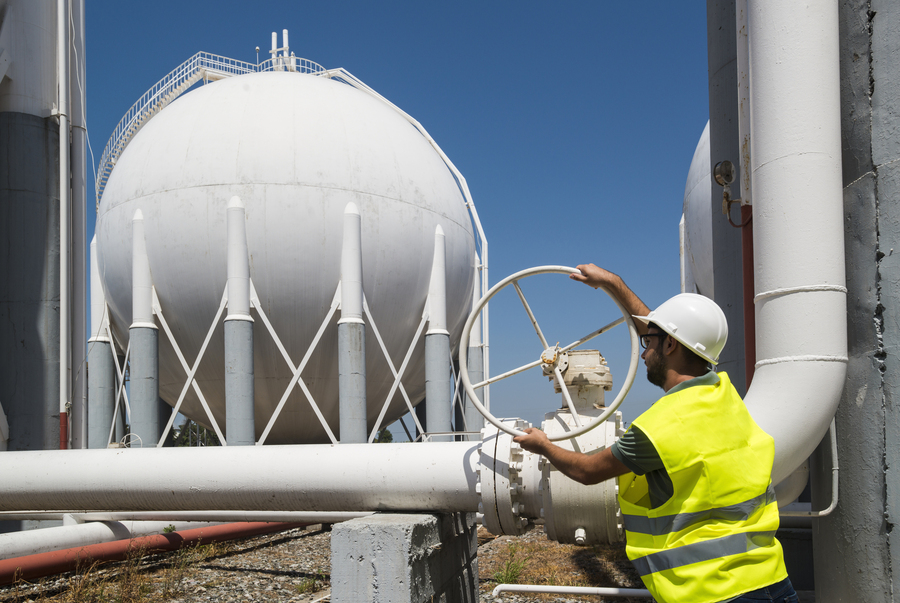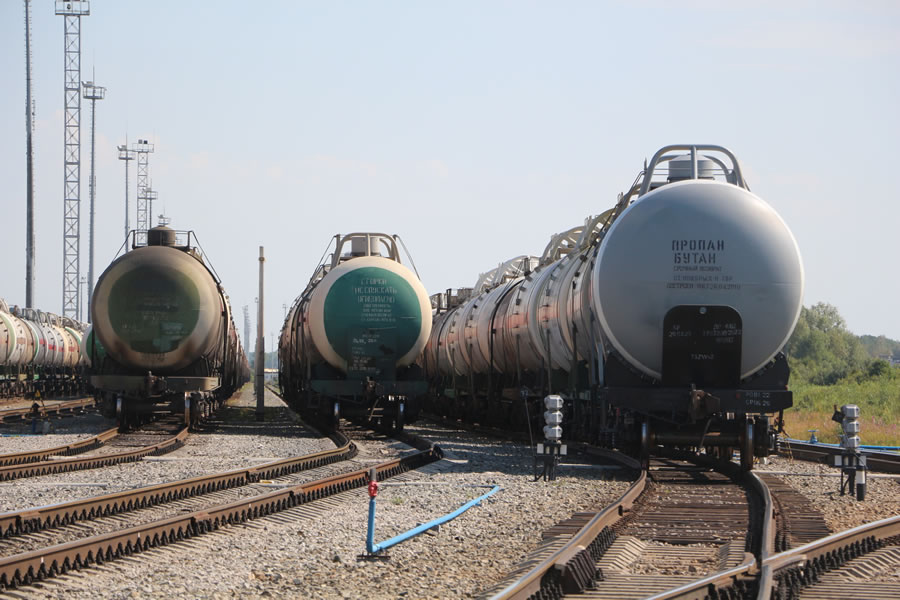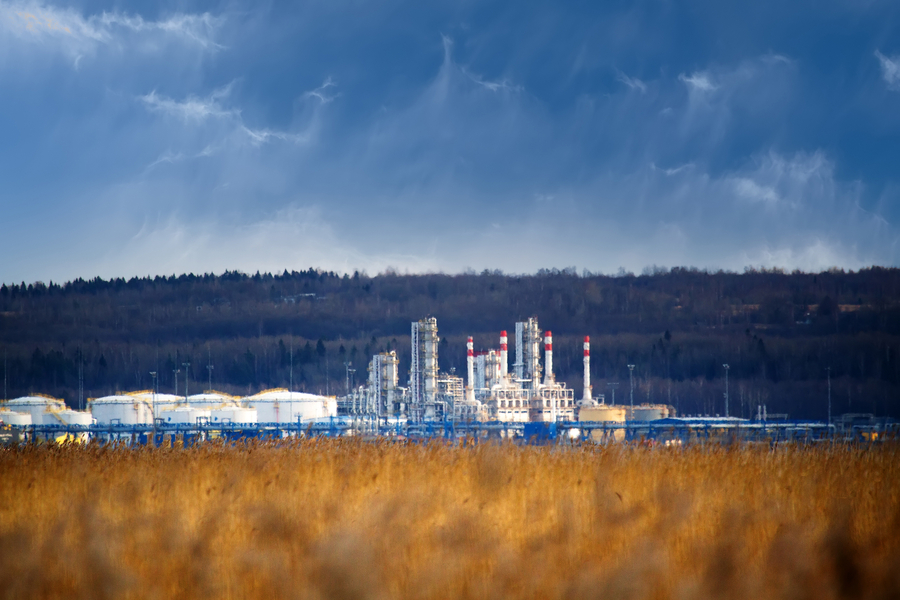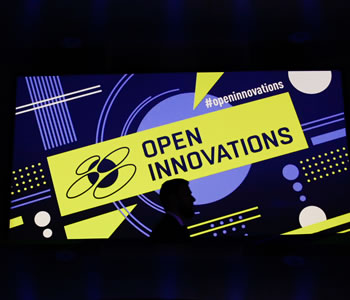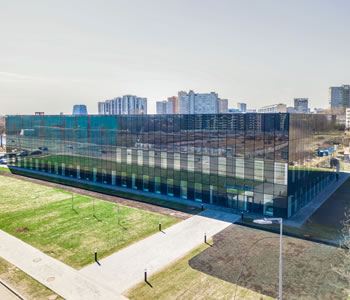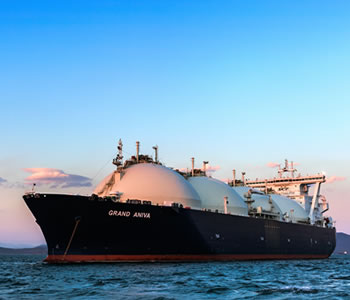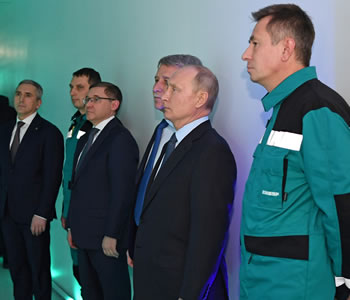Alexey Markov, Director of Feedstock Supply. Hydrocarbon Feedstock Sales and Marketing at SIBUR, highlighted the key trends in LPG exports and supplies of APG, fuel for utilities and autogas. He also shared his forecasts for supply prices and contracts for the coming year.
– SIBUR’s exports of liquefied petroleum gas (LPG) more than halved this year. Is it only due to its consumption growth as a feedstock for ZapSibNeftekhim?
– Two key factors led to the decline in exports. The first factor is of course the launch of ZapSibNeftekhim, which was reflected in our forecasts. The second factor, which we did not take into account and which had an important impact on SIBUR’s hydrocarbon feedstock business, relates to the decline in associated petroleum gas (APG) shipments fr om our suppliers due to oil production constraints under the OPEC+ deal. It was a highly unpleasant surprise for us, and most likely is currently the key driver for the reduction in export sales.
We are currently trying to choose a more conservative contract strategy in response to the external risks that we see, so that we can deliver on the commitments that we have already taken
– I have heard that we will head into the New Year with reduced APG supplies, is this true?
– Exactly. The OPEC+ deal covers two years, with minor slacks in 2021. We are moderately optimistic about volumes for the coming year, but we will not be able to compensate for the loss in supply in 2020.
– Does it have anything to do with the decision not to sign long-term export contracts for 2021? You actually had several term contracts this year.
– This year we had term contracts because the 2020 contract cycle started in mid-2019 in a totally different system of balances and macro-environment. We are currently trying to choose a more conservative contract strategy in response to the external risks that we see, so that we can deliver on the commitments that we have already taken.
– The production of LPG is declining and supplies to ZapSibNeftekhim are growing, but you have still increased your exchange sales, why is that?
– There was a rationale for this move. It is an economy-driven decision to sell more LPG in the domestic market, which has experienced an unusual season. It started later following the lifting of COVID-19 restrictions in the second quarter, which led to a collapse of demand and prices. Demand soared after the restrictions on movement within and between regions were lifted. We saw a drastic increase in the market’s demand for additional LPG and decided that we could redirect some of our export spot volumes to this segment.
In general, we have always carried out our exchange sales in full compliance with our regulatory commitments. At some points, we even sold above regulatory commitments when the domestic market suffered fr om acute shortages of the product, for example due to the OPEC+ restrictions.
SIBUR’s LPG exports were affected by OPEC+ and the launch of ZapSibNeftekhim.
– What is your outlook for the domestic market? When will the season end? Strangely enough, we are at the end of October, but domestic prices are still growing...
– We see that the prices have stabilised and are trending sideways with a downward trend on certain days. Other factors that contributed to a longer season in the autogas segment include the fact that October and early November in Russia were unusually warm. This is one of the few pieces of good news this year, as warm and sunny weather increases mobility while it is still possible and supports strong consumption in this segment.
SIBUR primarily focuses on deeper conversion of monomers into petrochemical products. In this context, investing in the small wholesale or retail segments means diverging from our initial petrochemical development strategy
– What does SIBUR think of the autogas market in Russia? In 2019, we estimated it at roughly 3 million tonnes, and this level will probably persist in 2020.
– That is about right, yes. We are not professional players in the autogas market. It is hard for us to separate it from the utilities sector, since the product is the same and reallocation between utilities and autogas is quite flexible. We estimate the total utilities fuel/autogas market to be 4.9 million tonnes.
We can also bring up the petrochemical segment, which we understand much more clearly. It has a well-defined circle of consumers with well-known processing capabilities.
– To bring the domestic market topic to a close, why did SIBUR not enter the small wholesale and retail market?
– It simply is not part of our business model. We are a petrochemical company first and foremost and we only sell to the market what we cannot process in-house.
Although hydrocarbon feedstock is an important business for us, SIBUR primarily focuses on deeper conversion of monomers into petrochemical products. In this context, investing in the small wholesale or retail segments means diverging from our initial petrochemical development strategy. Moreover, we do not see any constraints on the sales channels in our traditional segments and do not see any benefits to entering into any additional segments to earn extra margins on retail or even smaller niches.
– How do you set your baseline price for APG? Does it depend on the content of liquids?
– It depends on the supplier. APG mainly has a price baseline, which does not depend on the ratio of its components. The macro-environment and ratio of components do have an impact, but to a minor extent.
– How many years do APG supply contracts with oil companies cover? Even the Company’s reports always mention that they are long-term contracts.
– I couldn’t give any specific date because APG is supplied by one hydrocarbon producer to another who is located within the same area and has the infrastructure to receive such shipments. Of course, once a contract expires, we will sign another one, because finding an alternative application for APG will require heavy investments in new gas transportation and processing infrastructure. Similar contracts are not one-year agreements, but long-term structured arrangements with an extended horizon.
SIBUR estimates the utilities fuel and autogas market for the next year to be 4.9 million tonnes.
– Is the Company planning to expand its range of APG suppliers?
– West Siberia mainly contains mature fields with relatively old wells, and their production naturally declines from year to year. As for new suppliers, we mainly encourage and support, to the best of our abilities, projects run by our current suppliers across our traditional operating regions to make up for the declining production rates of existing wells. You’re asking whether there are new suppliers, but are there any new oil producers? Do you know many?
It does not concern qualitative changes, but rather harmonises numerous LPG grades produced by various plants into two wider groups – autogas and utilities
– Well, imagine a small company that has built up its production, resulting in more APG that it needs somehow dispose of or face fines...
– What I know for sure is that we will be open to discuss opportunities for securing new APG supplies to our sites, but much will depend on the details, including the availability of an existing gas transportation system from new fields. If new infrastructure is needed to reach our facilities, the amount of CAPEX that the company will need to invest will be key to assessing the efficiency for the supplier.
– How has your forecast for 2021 LPG exports evolved?
– Based on this year’s expectations, they will be broadly in line with the 2020 level at around 2 million tonnes. This is taking into account that we will see an increase in APG supply should the planned OPEC+ oil production increase come to fruition.
– How much of these volumes will go to Poland?
– We do not supply set volumes to a specific export market, we sel ect supply destinations based on their profitability.
– What do you think of the evolution of on-exchange trading in Russia?
– There is a certain minimum volume that we have to sell via this channel, but as our statistics demonstrate, as I mentioned earlier, we sell significantly above the minimum threshold as we seek to support the Russian market and avoid acute shortages.
As an LPG trading tool, the exchange operates as intended and has evolved quite well lately. Initially, we launched the platform on the Saint Petersburg International Mercantile Exchange to comply with the regulator’s requirements, but today it delivers good liquidity and has a sufficient number of players. The exchange is the largest and the most transparent sales channel in the utilities/autogas market, which is also very important.
– Speaking of NGLs, do quoted prices reflect their real market value?
– Russia’s NGL market is non-existent as NGLs are mostly consumed by the same people that produce them. SIBUR is a major NGL producer, but we do not sell them and actually even buy some volumes because we need them to utilise our fractionation units and make petrochemicals, the same as other NGL producers in Russia. Any volumes appearing in the market indicate some kind of imbalance at one of the producers. You can see for yourself that sales are sporadic. You can only talk about the real market value of liquid assets, which, given the limited consumption of NGLs, is not a name you could give it. One of the products of NGL processing, LPG, offers a much higher potential marketability with a broader spectrum of producers and consumers, and as such determining its real market value is a much higher priority.
– What are your thoughts about the lim it for sulphur in Poland tightening to 30 ppm in 2021?
– All in all, it’s a logical step. The environmental agenda is a constant focus for European states. For years, we have been living with the ongoing tightening of environmental controls in the conventional fuel segment, and at some point, it is only natural for them to come to the autogas market as well. We have no concerns in this regard, as SIBUR’s product is traditionally of high quality. Of course, the problem of market supply may arise at some point, as the flow of a higher sulphur content product will either be completely cut off or significantly limited. However, the markets are currently quite efficient, so the 30-ppm lim it is not super tough. Most Northwest European and many Russian producers pass the bar.
– What is SIBUR’s attitude towards the new Russian GOST, which also introduces qualitative changes?
– As far as I am aware, it does not concern qualitative changes, but rather harmonises numerous LPG grades produced by various plants into two wider groups – autogas and utilities. This is probably the right thing to do, as all the differently named fuel blends were getting quite hard to cope with.
Some produce autogas propane, some produce mixed LPG, and some make autogas propane-butane, which are all essentially the same thing. These are harder to administrate and require more data sheets and testing. One day we issue a data sheet for autogas propane-butane, and next day for mixed LPG. You cannot really tell the difference between them, but they call for two different data sheets. With one blend for utilities and one for autogas, we will be able to significantly streamline sales and shipping, so this is a good move overall.
The only thing that should not be missed here is to make sure that we correctly align the new standards with the existing regulatory framework for the previously approved GOSTs and technical specifications, so that the idea behind fuel blend standardisation remains unchanged.
SIBUR’s products will be transshipped to Europe through the Ust-Luga Seaport in 2021.
– Going back to exports, what will happen to Ust-Luga with volumes being reduced? When does your contract for operational control of LPG transshipment come to an end there?
– The contract is long-term and will still be valid next year. Ust-Luga will remain a good monetisation channel for LPG volumes supplied to external markets by SIBUR. We are also exploring options to further utilise this channel.
Ust-Luga will remain a good monetisation channel for LPG volumes supplied to external markets by SIBUR. We are also exploring options to further utilise this channel
Bear in mind that selling Russian LPG to the Northwest European markets is not the same as selling to other destinations. It is primarily a matter of quality, with the LPG grades sold in Northwest Europe being a clean fuel that is also in demand in the utilities segment, but above all in the petrochemical products segment, which requires more stringent specifications and regulations concerning parameters not covered in the Russian GOST or manufacturers’ technical specifications.
Ust-Luga is a good channel, but significant CAPEX would be required to break into that market. In the past, we studied the issue of quality and purposefully improved it for the product transshipped through Ust-Luga. The sales channel is part of a wider system, and on-the-fly rerouting is time-consuming and inefficient. If the Black Sea is out, rerouting LPG fr om there to Northwest Europe is not an option, unfortunately.
– But when the terminal was sold to a group of investors, weren’t there utilisation commitments?
– There were operational efficiency and LPG transshipment profitability commitments in line with the financial model built by investors.
– In recent months, we have seen around 40 thousand tonnes of LPG sent to the terminal in September. Is this enough to meet the commitments?
– If our utilisation commitments were in-kind only, then of course this would not be enough.
– How does the Ust-Luga terminal’s light product transshipment capacity fare? Is this section under Gunvor's operational control?
– I believe it fares well in terms of operational efficiency, but it is difficult for me to comment on this part because we do not actually transship light petroleum products through this terminal. Portenergo is in charge of the overall operational control of the complex.
Download PDF

